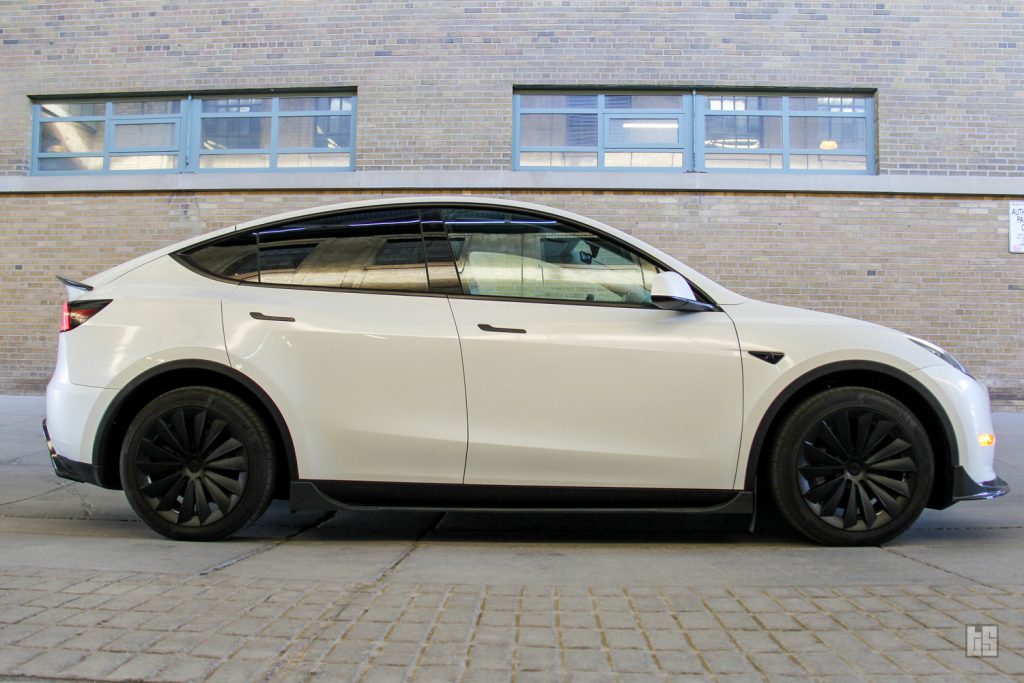By: Otaiba Ahsan

I remember the first time I entered a Tesla, the windows immediately stood out to me. As you open and close the doors, they slightly lower raise themselves. Also, they’re double-paned, which helps with overall noise reduction. While the design is sleek and great for aerodynamics, the windows can sometimes cause problems. Lucky for you, a quick calibration can usually do the trick. Continue reading for steps on how to calibrate the windows of a Tesla Model 3 or Model Y.
Calibrating the Windows
While unlikely, your Tesla may experience minor problems when it comes to the windows. For me, it’s usually a case of them not being able to fully close, which allows more outside noise into the car causing a less comfortable ride. Other reported issues include the windows touching the bright moulding, failing to open or close properly, them going down more than normal, and more.
Tesla has provided instructions for calibrating the windows in case you’re experiencing any problems. Follow these simple steps:
- Close the door with the affected window and then sit in the driver’s seat and close the door.
- Using the window’s switch on the driver’s door, raise the affected window until it stalls.
- Next, using the window’s switch on the driver’s door, lower the affected window until it stalls.
- Lastly, repeat step 3 and raise the affected window until it stalls.
The window should now be calibrated. If you’re struggling to follow the steps, see this tutorial from Tesla which provides a useful video for reference.
If the issue continues after attempting the calibration procedure a couple of times, try inspecting the puddle lights. If that doesn’t work, then it’s likely a good idea to contact Tesla directly. See our guide on how to contact Tesla Roadside Assistance which also goes over where to communicate with them in the mobile app, in case you need to schedule an appointment.
The Bottom Line
The steps on how to calibrate the windows of a Tesla Model 3 or Model Y are easy. First, close the door with the affected window, then sit in the driver’s seat and close the door. Next, using the window switch on the driver’s door, raise the affected window until it stalls. After that, use the same switch to lower the affected one until it stalls. Lastly, repeat step 3 and raise the window until it stalls.
